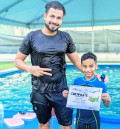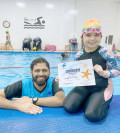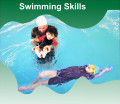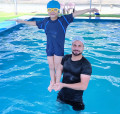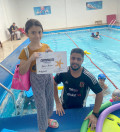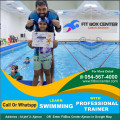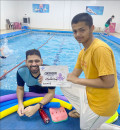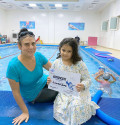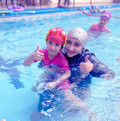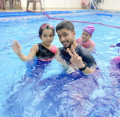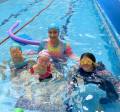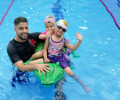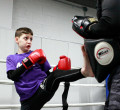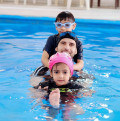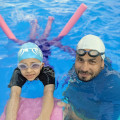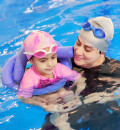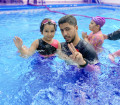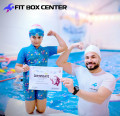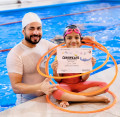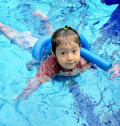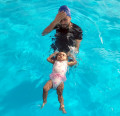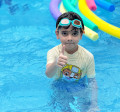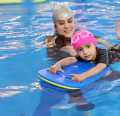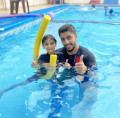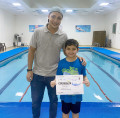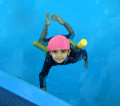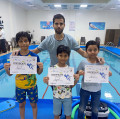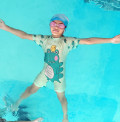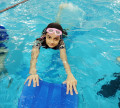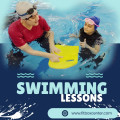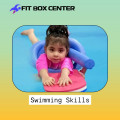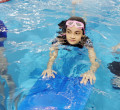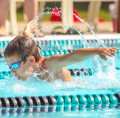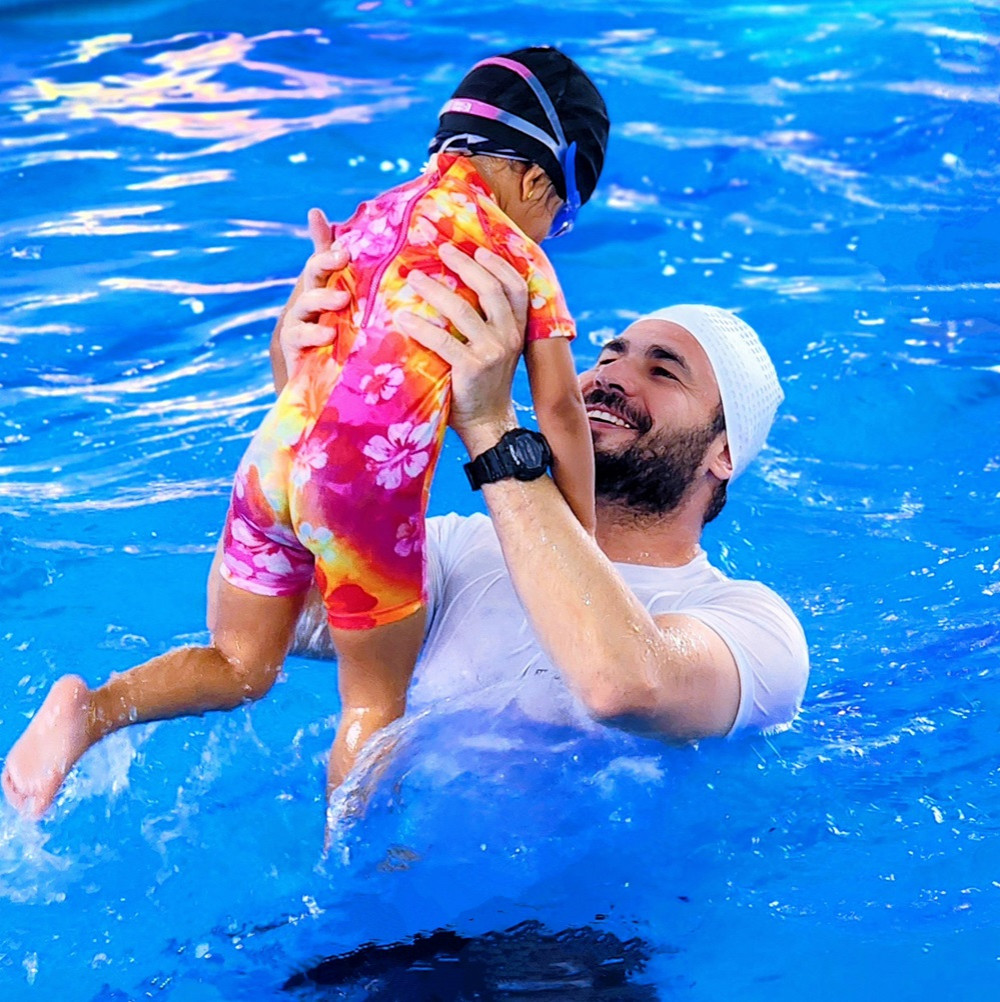
Swimming Environment for Kids to Swim Without Being Scared
2024-07-26 - swimming
Introduction
Importance of Swimming for Kids
Swimming is not just a recreational activity; it’s a crucial life skill that offers numerous benefits. For children, learning to swim at an early age can significantly impact their physical and mental health. Swimming promotes cardiovascular health, builds strength, and enhances flexibility. Beyond physical benefits, swimming also improves cognitive development, enhances mood, and boosts self-esteem. Moreover, it equips children with vital safety skills that can prevent drowning, a leading cause of accidental injury-related death among children.
Challenges Kids Face When Learning to Swim
Despite its benefits, many children face challenges when learning to swim. Fear of water, anxiety about drowning, and discomfort in new environments are common barriers. These fears can stem from a lack of exposure to water, negative past experiences, or even hearing about water-related accidents. Overcoming these fears is essential for children to enjoy swimming and gain the confidence needed to become proficient swimmers.
Understanding Fear in Kids
Psychology of Fear in Children
Fear is a natural emotion that serves as a protective mechanism. In young children, fear can develop from various sources, including unfamiliarity with water, witnessing distressing events, or hearing frightening stories. Water-related fears are particularly potent due to the perceived risks associated with swimming. Understanding the psychological basis of these fears is the first step in helping children overcome them.
Creating a Safe Swimming Environment
Choosing the Right Swimming Facility
A kid-friendly swimming facility is paramount for creating a safe and comfortable environment. Look for pools with shallow areas, gradual slopes, and warm water. Facilities with child-focused amenities such as splash pads and water slides can also make the experience more enjoyable. Additionally, ensure the facility adheres to high safety standards, including clean water, non-slip surfaces, and clear signage.
Safety Measures and Equipment
Safety is a top priority when it comes to children and swimming. Equip your child with appropriate safety gear such as life vests and floatation devices. Ensure that the swimming facility has trained lifeguards who can respond quickly in case of emergencies. Educate children about the importance of following pool rules, such as no running, no diving in shallow areas, and always swimming with a buddy.
Pool Safety Rules
Establishing and enforcing pool safety rules is crucial. Teach children to always ask for permission before entering the water, never swim alone, and stay within designated safe areas. Make sure they understand the importance of not pushing or dunking others, and the need to exit the pool immediately if they feel uncomfortable or tired.
Building Confidence in Water
Gradual Introduction to Water
Introducing children to water gradually can help them build confidence. Start with shallow water where they can stand comfortably and feel in control. Allow them to play and splash around before gradually moving to deeper areas. This step-by-step approach helps children acclimate to the water at their own pace, reducing fear and increasing comfort.
Fun Water Activities
Incorporating fun activities into swimming sessions can make the experience enjoyable and less intimidating. Games like "Marco Polo," water tag, and using pool toys can distract from fear and encourage interaction with water. Structured play combined with swimming lessons can build skills while keeping the atmosphere light and fun.
Parental Involvement
Parents play a crucial role in helping their children overcome fear of water. Being present and participating in water activities with their child provides reassurance and support. Encourage your child, celebrate their progress, and be patient with their pace. Your involvement can significantly boost their confidence and willingness to learn.
Techniques for Teaching Kids to Swim
Professional Swimming Lessons
Enrolling children in professional swimming lessons with qualified instructors can make a significant difference. Experienced instructors use proven techniques to teach swimming skills in a safe and supportive environment. Look for programs that are specifically designed for children and have a good track record of helping kids overcome fear.
Basic Swimming Techniques
Teaching basic swimming techniques is essential for building confidence and skills. Start with floating and breathing exercises to help children get comfortable in the water. Gradually introduce them to different strokes, such as the dog paddle, freestyle, and backstroke. Emphasize the importance of practice and consistency in mastering these skills.
Encouraging Practice and Patience
Regular practice is key to becoming a confident swimmer. Encourage your child to practice their swimming skills frequently, both during lessons and free swim time. Be patient and positive, celebrating small achievements and progress. Remember that each child learns at their own pace, and consistent encouragement can help them overcome fear and build confidence.
Addressing Specific Fears
Fear of Drowning
To address the fear of drowning, educate children on water safety and rescue techniques. Teach them how to float on their back, tread water, and signal for help if needed. Building trust in their swimming abilities and reinforcing safety measures can reduce anxiety about drowning.
Fear of Deep Water
Gradually increasing exposure to deeper water can help children overcome their fear. Start by allowing them to explore the edges of deeper areas while maintaining a safe distance. Use positive reinforcement and patience to help them build confidence and comfort in deeper water over time.
Fear of Being Underwater
Teaching children how to hold their breath and see underwater can alleviate the fear of submersion. Fun activities like diving for toys or playing underwater games can make being underwater less intimidating. Encourage them to wear goggles for better visibility and comfort.
Fear of Water Creatures
Educate children about pool cleanliness and safety to address fears of water creatures. Explain that swimming pools are regularly.
.
































































